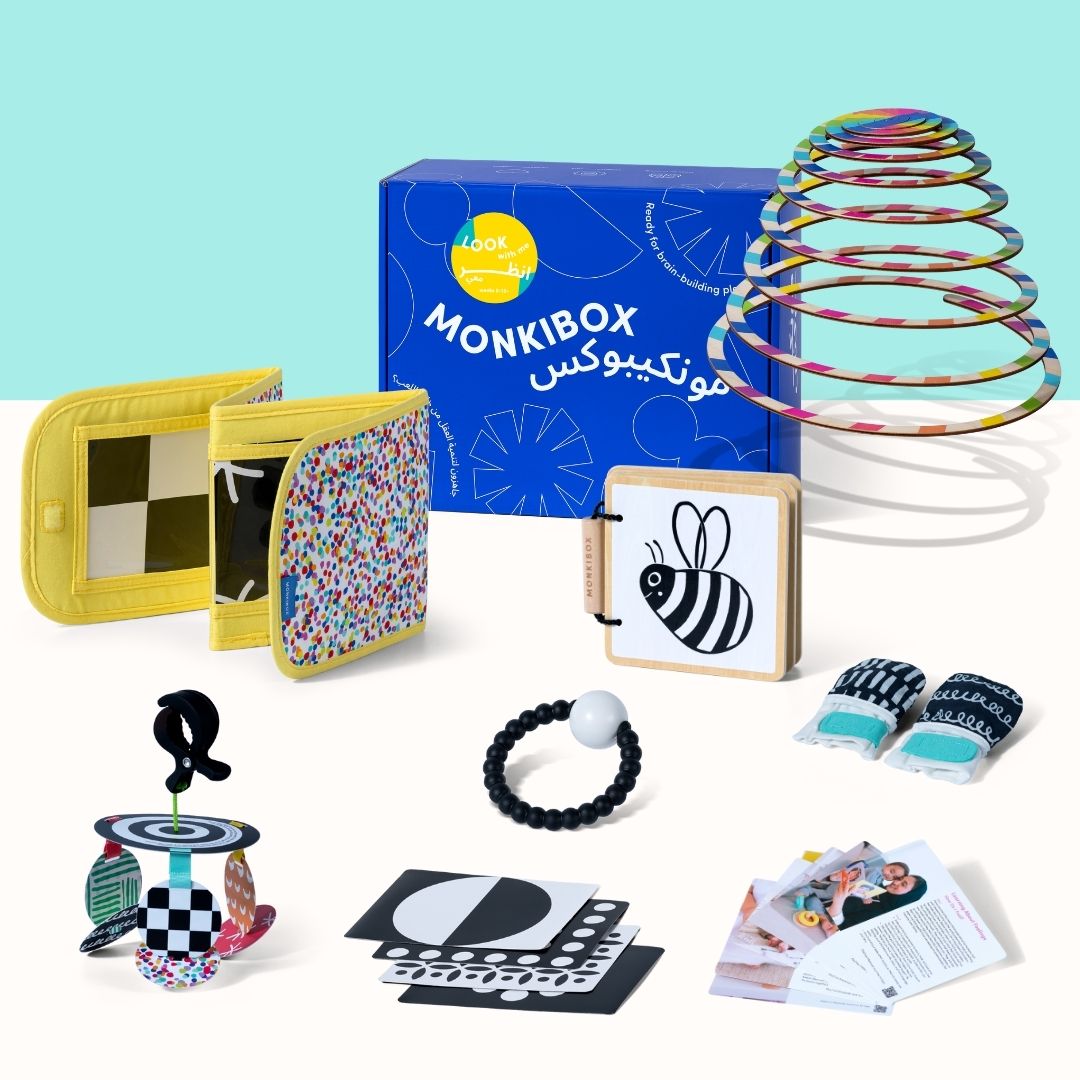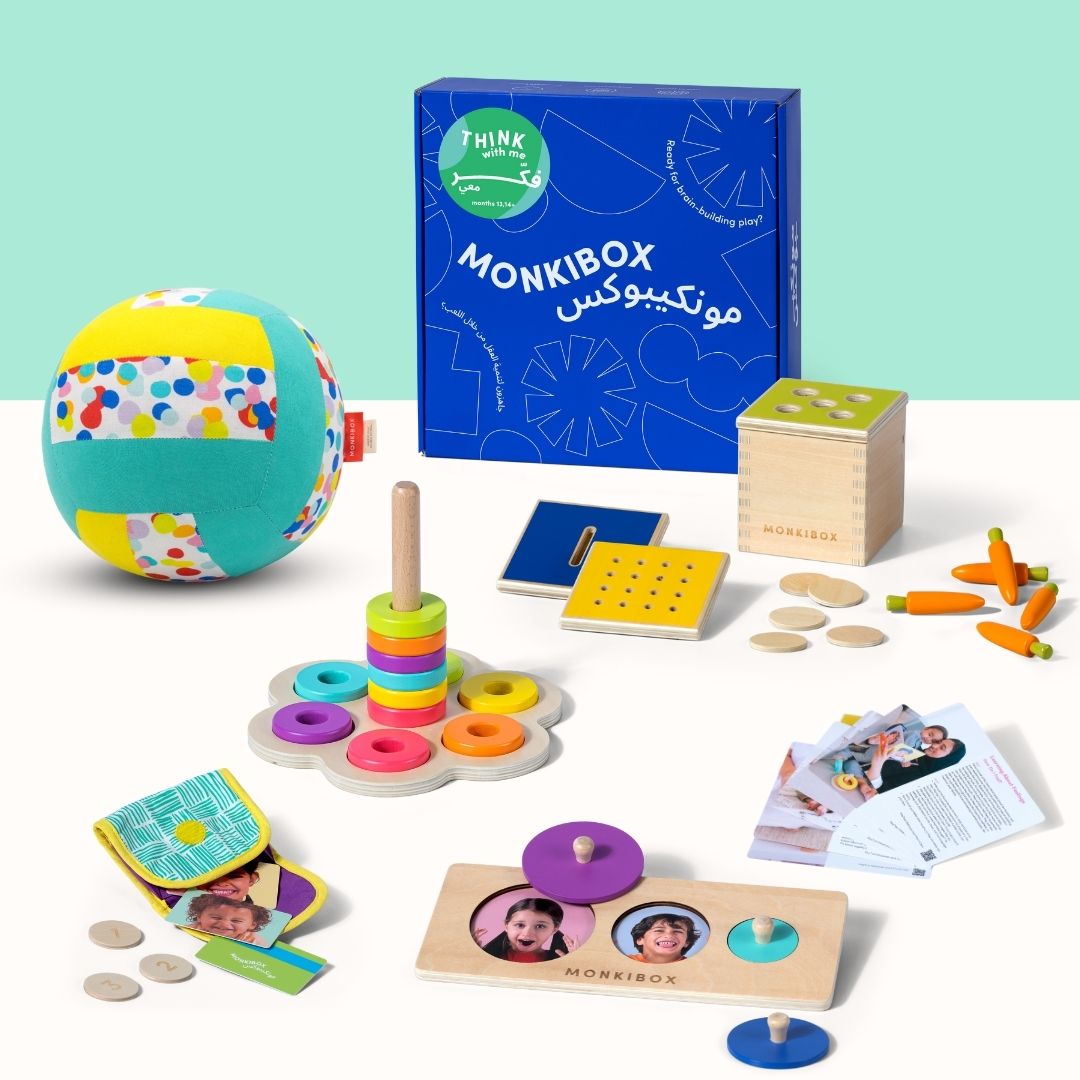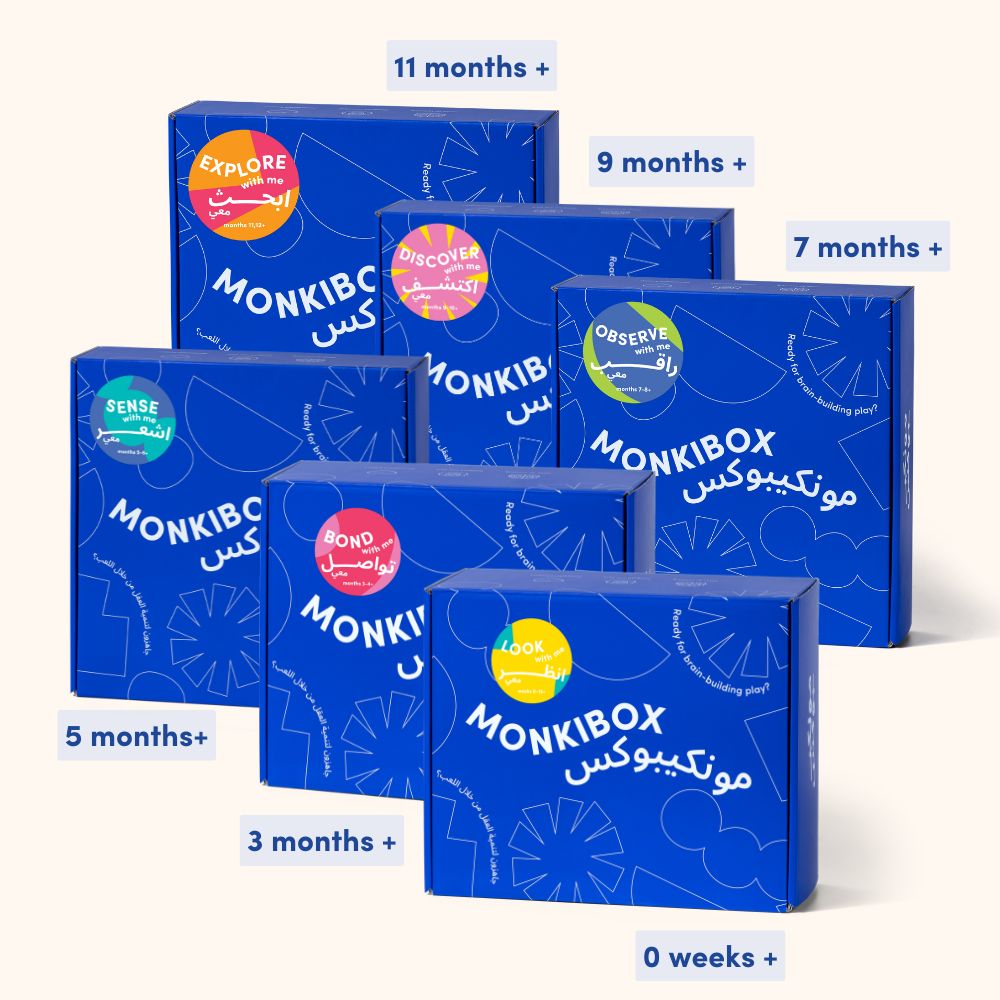Your toddler is starting to notice that many things in life follow a pattern. Recognizing these patterns is a crucial part of math development. Understanding patterns helps children predict what comes next and lays the groundwork for learning numbers and more complex mathematical concepts later on.
Fun Activities to Teach Patterns:
-
Use Everyday Objects:
Start with items like blocks, toys, or buttons. Create simple patterns (e.g., red-blue-red-blue) and ask your child to identify and continue the sequence. -
Body Movements:
Incorporate patterns into movement, like clapping or stomping in a sequence. Have your child mimic the pattern with their own movements. -
Colorful Art Activities:
Use markers, crayons, or stickers to create patterns on paper. Your child can experiment with repeating sequences of colors or shapes, which enhances their understanding of patterns. -
Sorting Games:
Introduce sorting activities with everyday objects. For example, sort colored buttons into different cups and create a pattern by arranging them in a specific order. -
Nature Walks:
Take a nature walk and look for patterns in the environment, like the arrangement of leaves or the colors of flowers. Discuss these patterns with your child. -
Puzzle Play:
Puzzles with patterns, like jigsaw or pattern block puzzles, can help your child understand and replicate different patterns.
How Patterns Support Cognitive Development
Identifying and creating patterns helps improve problem-solving skills, logical thinking, and attention to detail in young children.
Encouraging your child to recognize and create patterns in their daily life is a simple yet effective way to lay the groundwork for future mathematical learning.





